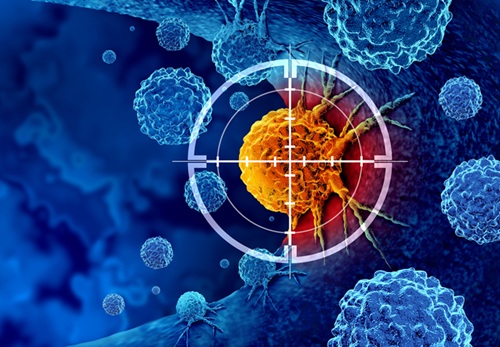Ultrasound-Directed Microbubbles Boost Immune Response Against Tumors
Posted on 17 Jan 2025
A significant challenge in cancer treatment is the tumor's ability to suppress the immune system, particularly by deactivating T cells that enter the tumor. Once inside, the tumor can inhibit T cells from producing crucial cytokines and other proteins that are essential for the body’s immune response. To address this, researchers have proposed a novel method using ultrasound-guided microbubbles—a technology commonly utilized in medical imaging and drug delivery—to enhance T-cell activity by increasing their cell permeability.
A team of researchers from Concordia University (Montreal, QC, Canada) explored how ultrasound-guided microbubbles can influence the release of over 90 different cytokines, which are signaling molecules vital for the immune response. By targeting freshly isolated human immune cells with focused ultrasound beams and clinically approved contrast agent microbubbles, they created a "push-pull" effect on the T cell membranes. This vibration, caused by the high-frequency ultrasound, mimics the T cell’s natural reaction to encountering an antigen, which in turn prompts the T cell to release essential cytokines. These cytokines are typically restricted by the hostile tumor environment, but this process increases their secretion without damaging the T cells themselves.

The study, published in Frontiers in Immunology, revealed that the changes in cytokine secretion were time-dependent. The cytokine levels increased by a factor of 0.1 to 3.6 compared to untreated cells over a 48-hour period. However, the researchers also noted that when the ultrasound made the T cell membranes more permeable, the amount of cytokines released tended to decrease. Although the findings are preliminary, based on benchtop experiments, the researchers hope this study will provide deeper insights into the immune system’s chemical pathways in fighting cancer. Furthermore, they believe this approach could enhance and complement existing cancer treatments, offering new avenues for improving cellular therapies.
“We’re combining the use of ultrasound and microbubbles to help modulate brain immunology with the emerging field of cancer immunotherapy, which is the harnessing of our own immune cells to fight cancer,” said Brandon Helfield, an associate professor of biology and physics and the paper’s supervising author. “We already use microbubbles clinically as image-guided tools. In the future, we could manipulate the beam to go from imaging to a therapeutic sequence. This would localize the effect on the T cells so you are only activating the ones where the beam is.”














